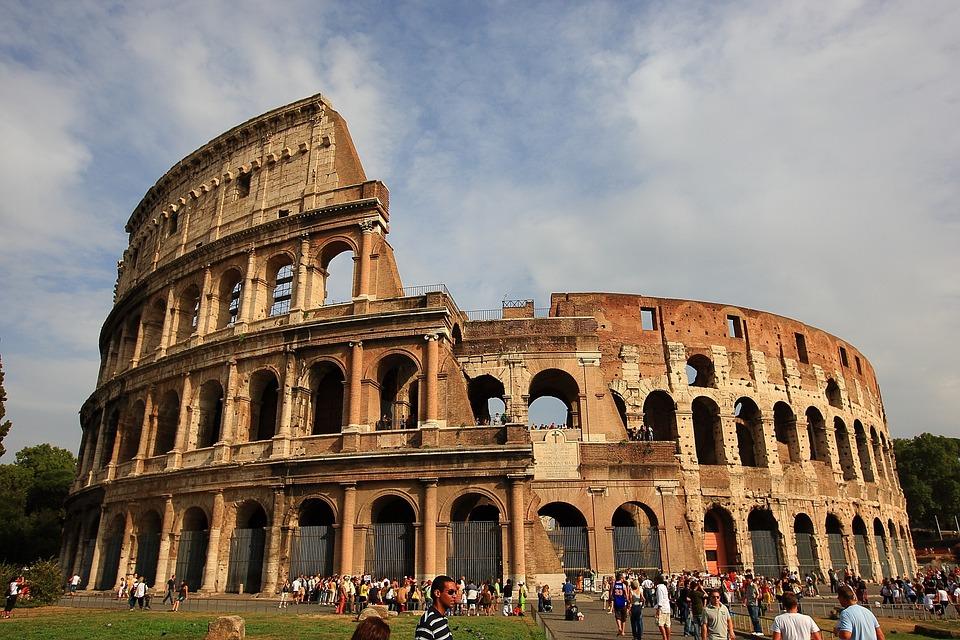
Tourism in Italy: From Ancient Rome to Modern Cities
Italy has long been a popular destination for tourists from around the world. The country's rich history, stunning architecture, and beautiful landscapes attract millions of visitors every year. From the ancient ruins of Rome to the modern cities of Milan and Florence, Italy offers a unique blend of old and new that is sure to captivate any traveler. In this article, we will explore the history of tourism in Italy, from its early beginnings in ancient Rome to the present day. We will also take a closer look at some of the country's most popular tourist destinations, including its iconic landmarks, beautiful beaches, and charming towns. Whether you are a first-time visitor or a seasoned traveler, there is always something new to discover in Italy. So, let's dive in and explore the fascinating world of tourism in Italy!
The Early Beginnings of Tourism in Italy: From Ancient Rome to the Grand Tour
The history of tourism in Italy dates back to ancient Rome, where wealthy citizens would often travel to other parts of the empire for leisure and cultural experiences. These early travelers were known as "pleasure seekers" and were among the first to engage in what we now call tourism. However, it wasn't until the 17th and 18th centuries that tourism in Italy began to take on a more modern form, with the advent of the "Grand Tour". This was a traditional trip undertaken by wealthy young men from Western Europe, who would travel to Italy to complete their education and broaden their cultural horizons. The "Grand Tour" was a significant factor in the development of tourism in Italy, as it helped to establish many of the country's most popular tourist destinations, such as Rome, Florence, and Venice. Today, visitors to Italy can still see many of the landmarks and attractions that were popular during the "Grand Tour", and the legacy of this early form of tourism continues to influence the country's tourism industry.
Italy's Iconic Landmarks: A Journey Through Time and Architecture
Italy is a country that has witnessed many civilizations and epochs, and its landmarks are the testimony of its glorious past and present. Italy is home to some of the most iconic landmarks in the world, from ancient ruins to magnificent works of art and architecture. From the Colosseum in Rome to the Leaning Tower of Pisa, Italy's landmarks are a testament to the country's rich cultural heritage and history. This journey through time and architecture takes you on a tour of Italy's most famous landmarks, including the Roman Forum, the Pantheon, the Trevi Fountain, and the Vatican City, the smallest sovereign state in the world and the center of the Catholic Church. You'll also have the opportunity to marvel at the beautiful art and architecture of Florence, with highlights such as the Duomo and the Uffizi Gallery, as well as the Piazza del Duomo, a UNESCO World Heritage Site that features the magnificent Florence Cathedral with its famous dome by Brunelleschi, the Giotto's Bell Tower and the Baptistery of San Giovanni. Whether you're a history buff, an architecture enthusiast, or simply looking to explore the best that Italy has to offer, this journey through Italy's iconic landmarks is sure to leave you with unforgettable memories.
Exploring Italy's Beautiful Beaches and Coastal Towns
Italy is not only famous for its landmarks, but also for its stunning coastline and charming seaside towns. From the rocky cliffs of the Amalfi Coast to the sandy shores of Sardinia, Italy offers a variety of beaches and coastal towns to suit every taste and budget. Whether you're looking for a relaxing getaway, a romantic escape, or an adventurous holiday, you'll find something to love in Italy's beautiful beaches and coastal towns. You can enjoy the sun, the sea, and the scenery in places like Positano, Capri, Cinque Terre, Portofino, Tropea, and Taormina. You can also explore the rich culture and history of these towns, with their colorful houses, ancient churches, medieval castles, and local cuisine. You can also experience the lively nightlife and entertainment options in some of the most popular destinations, such as Rimini, Riccione, Viareggio, and Sanremo. No matter what you're looking for, you'll find it in Italy's beautiful beaches and coastal towns.
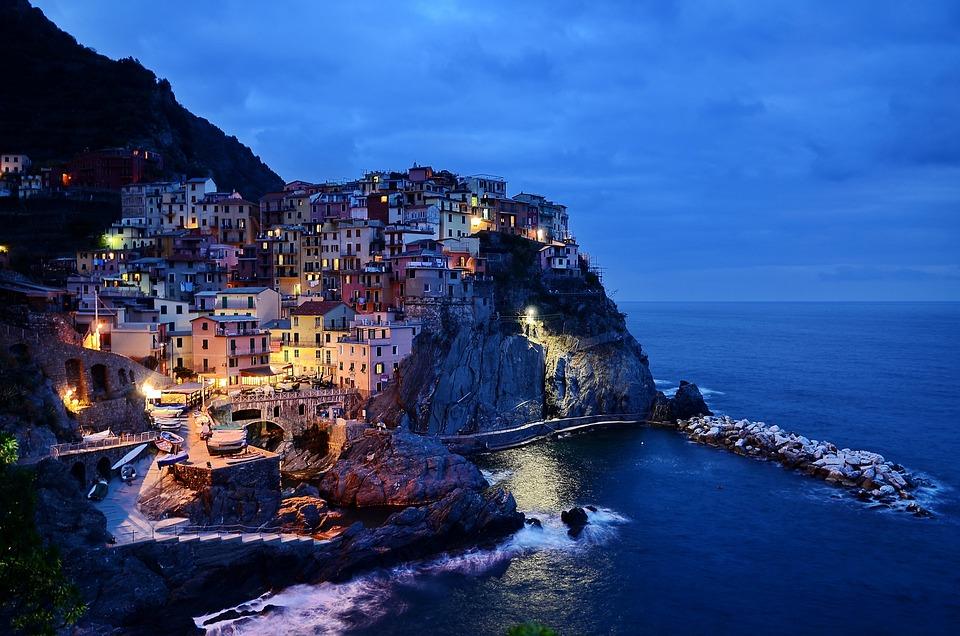
The Charming Towns of Italy: A Glimpse into Local Life
Italy is a country of stunning beauty, rich culture and delicious cuisine. But beyond the famous cities and landmarks, there are many charming towns that offer a glimpse into the local life and traditions of the Italian people. These towns are often hidden gems, tucked away in the countryside or along the coast, where you can experience the authentic atmosphere and hospitality of Italy.
One of these towns is Alberobello, located in the region of Puglia. Alberobello is famous for its trulli, which are cone-shaped stone houses with white-washed walls and roofs. The trulli date back to the 14th century and were built by peasants as a way to avoid paying taxes to the feudal lords. Today, they are a UNESCO World Heritage Site and a popular tourist attraction. You can visit the trulli museum, shop for local handicrafts and taste the regional specialties such as orecchiette pasta and burrata cheese.
Another charming town is Siena, situated in the heart of Tuscany. Siena is known for its medieval architecture and art, especially its Gothic cathedral and its frescoes by Simone Martini and Ambrogio Lorenzetti. Siena is also famous for its Palio, which is a horse race that takes place twice a year in the main square, Piazza del Campo. The Palio is a fierce competition between the 17 districts of the city, each represented by a horse and a rider wearing colorful costumes. The race is preceded by a parade and followed by celebrations that last for days.
A third charming town is Positano, perched on the cliffs of the Amalfi Coast. Positano is a picturesque town with colorful houses, narrow streets and steep stairs that lead to the beach and the sea. Positano is a popular destination for artists, writers and celebrities, who are attracted by its scenic beauty and romantic vibe. You can enjoy the views from the terrace of a hotel or a restaurant, browse the boutiques that sell handmade ceramics and clothes, or take a boat trip to the nearby islands of Capri and Ischia.
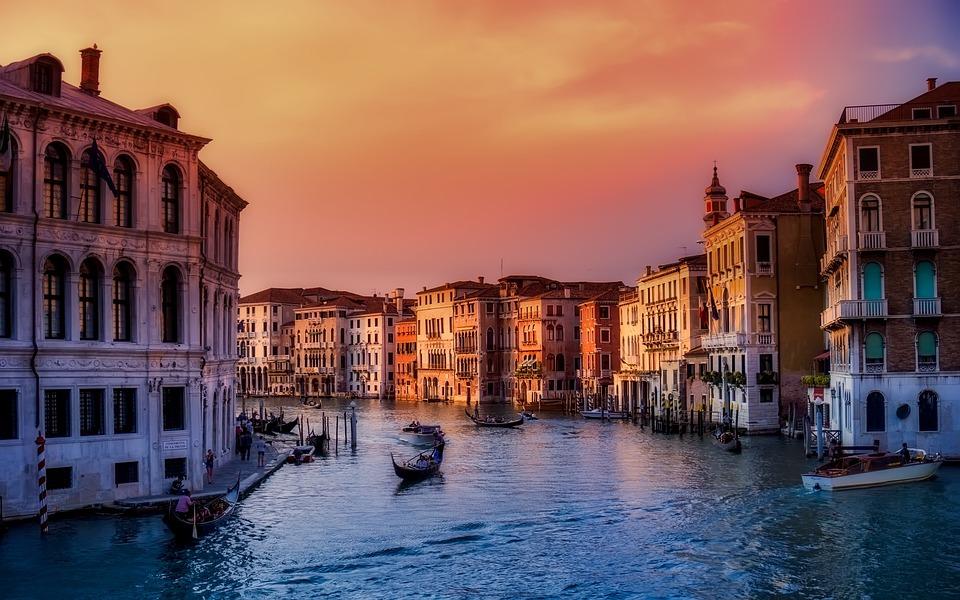
Modern Cities of Italy: Milan, Florence, and Beyond
Italy is not only a country of charming towns, but also of modern cities that showcase its economic, cultural and artistic dynamism. Among these cities, Milan and Florence stand out as two of the most influential and attractive ones in Europe and the world.
Milan is the financial and fashion capital of Italy, as well as a hub for innovation and design. Milan is home to the headquarters of many multinational companies, banks and media outlets, as well as to prestigious universities and research centers. Milan is also a global leader in the fashion industry, hosting the famous Milan Fashion Week and the Milan Furniture Fair. Milan has a rich cultural heritage, with landmarks such as the Duomo, the Sforza Castle and the La Scala Opera House. Milan is also a city of art, with museums that display masterpieces by Leonardo da Vinci, Michelangelo and Caravaggio.
Florence is the birthplace of the Renaissance and one of the most beautiful cities in the world. Florence is a UNESCO World Heritage Site, with monuments that reflect its glorious past, such as the Cathedral, the Ponte Vecchio and the Palazzo Vecchio. Florence is also a city of art, with museums that house works by Botticelli, Raphael and Michelangelo. Florence is also a city of culture, with festivals that celebrate its traditions, such as the Calcio Storico and the Scoppio del Carro. Florence is also a city of innovation, with initiatives that promote its creative industries, such as the Pitti Uomo and the Florence Biennale.
Beyond Milan and Florence, there are many other modern cities in Italy that offer diverse and exciting experiences to visitors. For example, Turin is a city of industry and cinema; Bologna is a city of gastronomy and education; Naples is a city of music and folklore; Venice is a city of romance and canals; Rome is a city of history and politics. Each city has its own identity and charm that make it worth exploring.
The Culinary Delights of Italy: A Gastronomic Journey
Italy is a country of culinary delights, where food is not only a necessity, but also an art, a culture and a passion. Italy has a rich and diverse gastronomic heritage, with regional specialties that reflect its geography, history and traditions. Italy is also a country of innovation and creativity, where chefs and producers constantly experiment with new flavors and techniques. Italy is a country that invites you to embark on a gastronomic journey, where you can taste the best of its cuisine and discover its secrets.
One of the most iconic dishes of Italy is pizza, which originated in Naples and spread all over the world. Pizza is a simple but delicious dish, made of dough topped with tomato sauce, cheese and various ingredients. Pizza can be thin or thick, round or square, baked in a wood-fired oven or a modern one. Pizza can be enjoyed in a pizzeria or at home, as a snack or a meal. Pizza is a dish that can satisfy any taste and occasion.
Another famous dish of Italy is pasta, which comes in many shapes and sizes. Pasta is made of flour and water, sometimes with eggs or other ingredients. Pasta can be fresh or dried, plain or stuffed, boiled or baked. Pasta can be served with different sauces, such as tomato, pesto, carbonara or bolognese. Pasta can be paired with meat, fish, cheese or vegetables. Pasta is a dish that can adapt to any season and mood.
A third delicious dish of Italy is gelato, which is the Italian version of ice cream. Gelato is made of milk, cream, sugar and natural flavors. Gelato is churned at a low speed to create a smooth and dense texture. Gelato can be found in many flavors, from classic ones like chocolate and vanilla to exotic ones like pistachio and mango. Gelato can be eaten in a cone or a cup, alone or with toppings. Gelato is a dish that can refresh and delight any palate.
These are just some examples of the culinary delights of Italy, but there are many more to explore. Each region has its own specialties, such as risotto in Lombardy, polenta in Veneto, lasagna in Emilia-Romagna, cannoli in Sicily and tiramisu in Friuli-Venezia Giulia. Each dish has its own story, its own ingredients and its own way of preparation. Each dish is a part of the Italian culture and identity. Each dish is an invitation to enjoy the gastronomic journey of Italy.
Italy's Diverse Landscape: From the Alps to the Mediterranean
Italy's diverse landscape spans from the snow-capped peaks of the Alps in the north to the sunny beaches of the Mediterranean in the south. The country's varied topography makes it a unique destination for travelers seeking both outdoor adventures and cultural experiences.
In the north of Italy, the towering peaks of the Alps offer world-class skiing and snowboarding opportunities, as well as breathtaking views of the surrounding valleys and lakes. The Dolomites, a range of mountains in northeastern Italy, are particularly popular for their stunning rock formations and hiking trails.
Moving southwards, the rolling hills of Tuscany and Umbria offer a peaceful and picturesque countryside retreat, dotted with medieval hilltop towns, vineyards, and olive groves. The region is also renowned for its cuisine, with dishes such as pasta al ragù and ribollita, as well as some of Italy's most famous wines, including Chianti and Brunello di Montalcino.
Italy also has a volcanic landscape, with active volcanoes such as Vesuvius, Etna and Stromboli. Italy has many craters, such as Solfatara, Vulcano and Pozzuoli. Italy has many hot springs, such as Saturnia, Bagni di Lucca and Ischia. Italy has many geysers, such as Larderello, Pantelleria and Vulcano. Italy has many caves, such as Grotta Azzurra, Grotta Gigante and Grotta di Castellana.
The central Apennine Mountains offer further outdoor opportunities, including hiking, biking, and skiing. The region is also home to some of Italy's most ancient and historic towns, such as Assisi and Perugia.
As you approach the southern coast of Italy, the landscape becomes increasingly Mediterranean, with sandy beaches, rocky cliffs, and turquoise waters. The Amalfi Coast, a 50-kilometer stretch of coastline in southern Italy, is particularly famous for its dramatic scenery and charming towns such as Positano and Amalfi.
The islands of Sardinia and Sicily, located off the coast of southern Italy, offer their own unique landscapes and cultural experiences. Sardinia is home to some of Italy's most beautiful beaches and crystal-clear waters, as well as ancient ruins and charming villages. Sicily, the largest island in the Mediterranean, is a melting pot of cultures, with Greek temples, Roman ruins, and Norman churches, as well as some of Italy's most famous cuisine, such as arancini and cannoli.
In conclusion, Italy's diverse landscape offers something for every traveler, from the stunning peaks of the Alps to the charming towns of Tuscany, the historic cities of central Italy, and the beautiful beaches of the Mediterranean. Whether you're seeking outdoor adventures, cultural experiences, or simply a relaxing vacation, Italy has it all.
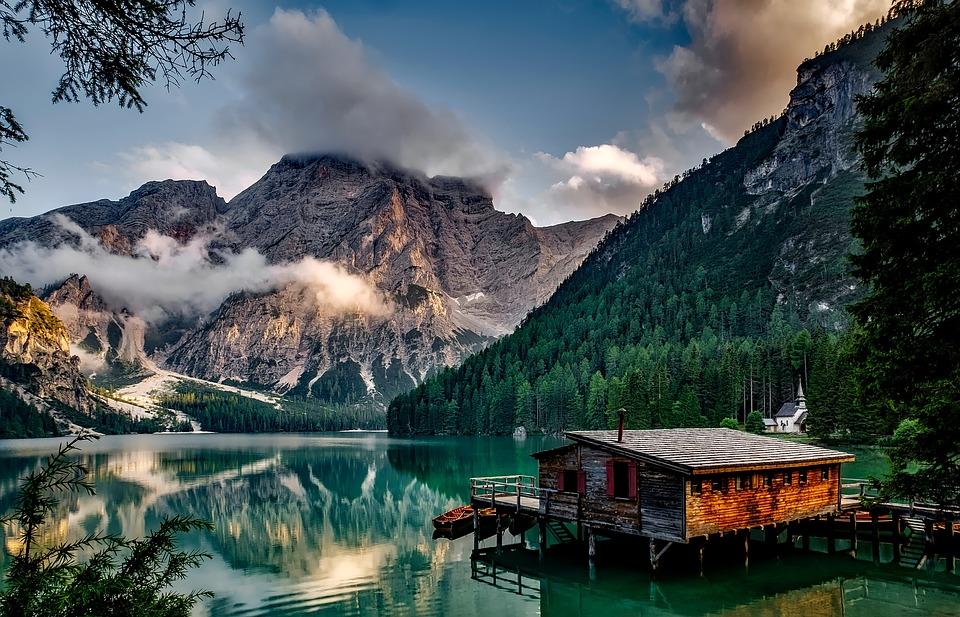
Sustainable Tourism in Italy: Preserving the Past for Future Generations.
Italy is a country of immense cultural and natural heritage, with a history that spans thousands of years and a landscape that offers a diversity of attractions. Italy is also a country of tourism, with millions of visitors every year who come to admire its beauty and enjoy its hospitality. However, tourism also poses a challenge for Italy, as it can have negative impacts on the environment, the society and the economy. Therefore, Italy needs to adopt a sustainable approach to tourism, one that preserves the past for future generations.
Sustainable tourism is a form of tourism that respects and protects the natural and cultural resources of a destination, while also contributing to its social and economic development. Sustainable tourism aims to balance the needs and expectations of tourists with the rights and interests of local communities and stakeholders. Sustainable tourism also seeks to minimize the environmental footprint of tourism activities, by reducing waste, emissions and consumption.
Italy has many initiatives and projects that promote sustainable tourism, both at the national and local level. For example, Italy has created a network of eco-museums, which are museums that showcase the local heritage and traditions in an environmentally friendly way. Italy has also developed a system of eco-labels, such as the Blue Flag and the Green Key, which certify the quality and sustainability of beaches, hotels and other tourist facilities. Italy has also supported the creation of slow tourism routes, such as the Via Francigena and the Grand Tour, which encourage tourists to travel at a slower pace and to appreciate the diversity and authenticity of each place.
Sustainable tourism is not only a responsibility, but also an opportunity for Italy. Sustainable tourism can enhance the attractiveness and competitiveness of Italy as a destination, by offering tourists a unique and memorable experience. Sustainable tourism can also generate positive impacts for Italy's economy, by creating jobs, income and innovation. Sustainable tourism can also foster social cohesion and cultural diversity, by involving local communities and stakeholders in the planning and management of tourism activities.
Sustainable tourism is a vision and a goal for Italy, one that requires the collaboration and commitment of all actors involved in the tourism sector. Sustainable tourism is a way to preserve the past for future generations, by ensuring that Italy's heritage and landscape remain intact and alive.

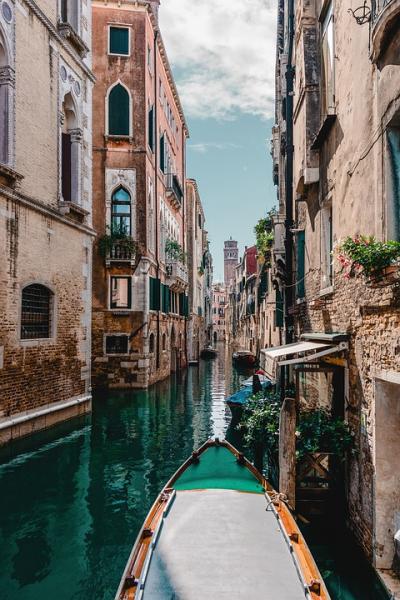
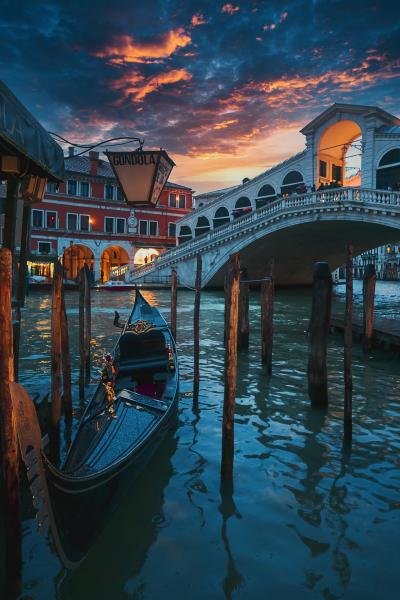
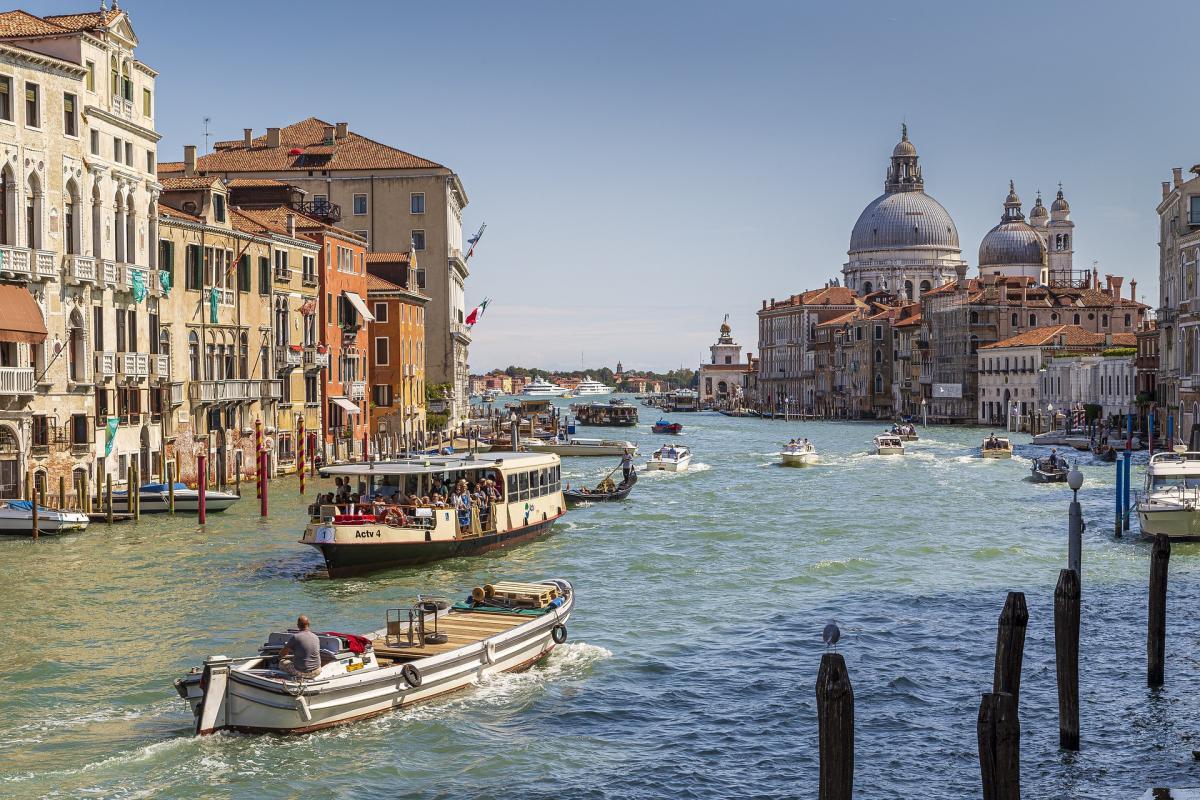
Dreaming of a vacation that combines history, romance, and breathtaking beauty? Look no further than Italy! This captivating country boasts a rich history, evident in the ancient ruins of Rome and the artistic wonders of Florence. Venices iconic canals add a touch of romance, while the countrys stunning...
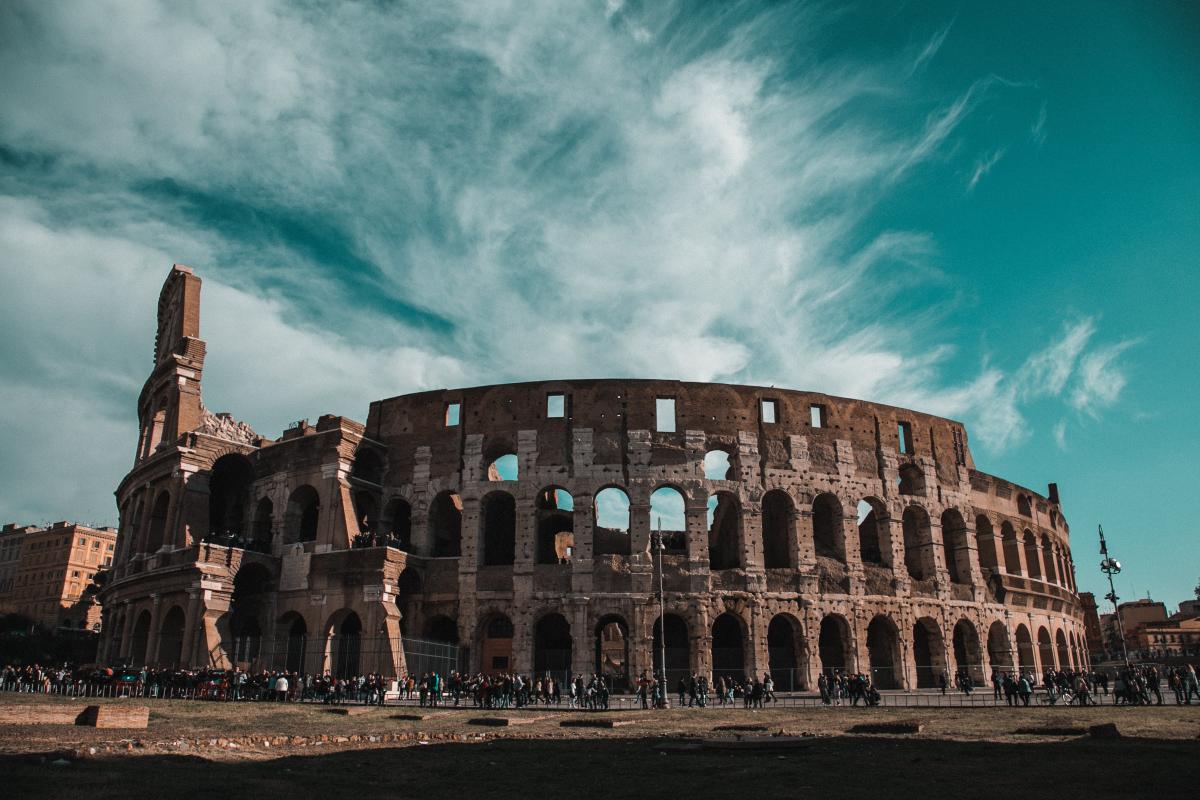
Italy is a country that has it all: stunning landscapes, rich culture, delicious cuisine, and a long history of art and architecture. Whether you are looking for a romantic getaway, a family adventure, or a cultural immersion, Italy has something for everyone. In this article, we will explore some of...